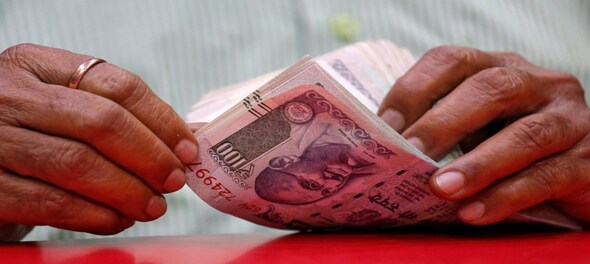
With respect to buyback of shares announced by listed companies from July 6, 2019, there would be no capital gains tax levied on the shareholders. Instead, the company itself will have to cough up a 20 percent buyback tax within 14 days of payment to shareholders towards such buyback. The tax is not on the entire amount distributed to the shareholders. For, "distributed income" as per section 115QA means "the consideration paid by the company on buyback of the shares as reduced by the amount, which was received by the company for issue of such shares, determined in the manner as may be prescribed". Rule 40BB prescribes the nitty-gritty of such computation. It bristles with anomalies and ambiguities.
It says if a company had issued a Rs 10 share for Rs 50, and the buyback consideration is Rs 250 per share, then the 20 percent tax is payable on Rs 200. FIFO, or first-in-first-out, would be the basis of computation if a shareholder has been allotted shares in several tranches, like original allotment followed by a rights issue and further followed by a bonus issue. If the buyback happens to be a bonus share, then applying FIFO, the company in the example on hand will have to pay 20 percent of Rs 250 because bonus shares are issued gratis (sub-rule 10). So far, so good. But shares are allotted in a variety of situations. Let us highlight the problematic ones--the situations where Rule 40BB is ambiguous or studiedly silent.
OFS allotment
Our IPOs are invariably accompanied by offer for sale (OFS) with promoters and venture capitalists riding piggyback on the fat price discovered for IPOs by the book builders. On allotment therefore, a shareholder has no clue as to what s/he has got--is it a fresh share or the one held by the promoter? The more pertinent issue is, how would the buyback tax rule play out? The recent Paytm IPO price was Rs 2,150 per share, which was also the OFS price.
Should, at anytime in the future, Paytm were to announce a buyback, it would be in a quandary--it hadn’t got the moolah insofar as the proceeds of OFS went, with the funds having gone to the bank accounts of the promoters. What then would the distributed income be, should, let us say, the buyback price is Rs 1,500 per share? Would it be on the entire amount of Rs 1,500 or on Rs 1,490 after deducting the face value in terms of the residuary, or omnibus sub-rule 13 which says in all other cases, the face value shall be deemed to be the amount received on allotment? Shares to be sure are of Paytm but the moolah had been received by the promoters. Can the company turn around and say, "Hey, taxman, please catch hold of the OFS beneficiaries to collect buyback tax."
Negative distributed income
Suppose Paytm resorts to buyback sometime in the future at a price of Rs 1,500 when the ruling market price is Rs 1,250, what would be the distributed income on which it will pay the 20 percent buyback tax? The buyback price is Rs 1,500, but the allotment price was Rs 2,150. Would Paytm be let off and spared the burden of buyback tax given the fact that the distributed income is in the negative to the tune of Rs 650? Or would the taxman set store by the omnibus sub-rule 13 and smugly allow deduction of just the face value?
Plight of the Principal Officer
The Principal Officer of the company has an unenviable task in his hand. Under the earlier regime of DDT, or dividend distribution tax, the calculation was simple--the tax was on dividend distributed. In fact, it was so simple and foolproof that the CBDT could well have assigned an officer to see if, after 14 days of the AGM, the tax had actually landed in the treasury.
Monitoring collection of tax from a single entity is any day easier than monitoring the same from millions of shareholders which indeed was the primary rationale for introducing DDT way back in 1996. Now, the Principal Officer has to maintain elaborate minutiae of the share capital account what with shareholders' account not being homogenous or a monolithic block.
The software has to calculate the tax in respect of each shareholder separately and then aggregate them, given the fact that while the first shareholder might have sold to the company on buyback his original share, the second shareholder might have sold his bonus share and so forth as reflected by his demat account maintained on FIFO basis.
In the event, while the government has the benefit of ease of collection, the company itself might have to sweat it out. The ambiguities highlighted herein could also pit it in a vexatious litigation.
Check out our in-depth Market Coverage, Business News & get real-time Stock Market Updates on CNBC-TV18. Also, Watch our channels CNBC-TV18, CNBC Awaaz and CNBC Bajar Live on-the-go!


BJP holds meeting in Delhi as polling underway for 5th phase
May 20, 2024 4:21 PM
UP Police arrests man after viral videos shows him voting multiple times
May 20, 2024 2:18 PM

